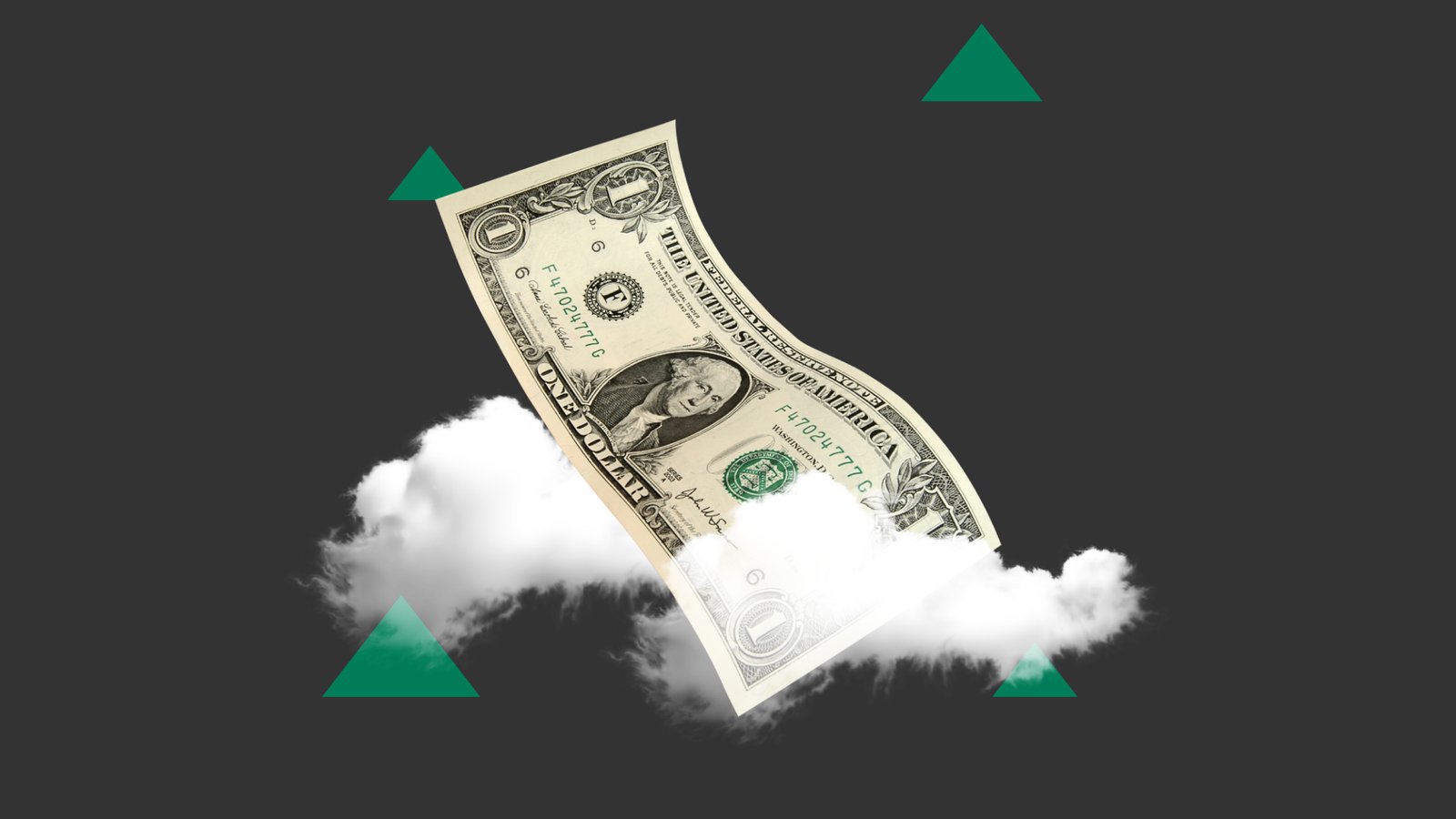March CPI report shows mixed picture for inflation
Mixed picture for inflation as March CPI report reveals modest increase and stubbornly high core services inflation

The March Consumer Price Index (CPI) report showed a mixed picture for inflation
While total prices rose by the smallest amount in nine months by 5%, core services inflation continues to remain high
The report is not expected to have a significant impact on U.S. monetary policy, and a 25 basis point rate hike is still likely at the conclusion of the next FOMC meeting on May 3
Services inflation may be showing some signs of easing, but travel-related services prices have increased by 2.5% for the second consecutive month
The March Consumer Price Index (CPI) report revealed a mixed picture for inflation, offering both positive and negative indicators for market observers. Total prices rose by the smallest amount in nine months by 5%, bringing good news for inflation optimists. On the other hand, the latest CPI report shows that core services inflation continues to remain high, suggesting that inflation pessimists may still have cause for concern.
Consumer prices saw a modest increase of just 0.1% in March, driven by falling prices for energy and flat prices for food, which helped keep the headline index in check. Excluding food and energy, core consumer prices rose 0.4% in March and 5.6% over the past year, reflecting the persistent trend of high inflation.
Despite these concerning numbers, the situation is remained hopeful that slower inflation is on the horizon. It is believed that as the economy cools and finds better balance, inflation will naturally begin to moderate. However, there is still cause for caution, as core consumer prices continue to grow at a rate that exceeds the Federal Reserve's target.
Although the mixed news, the report is not expected to have a significant impact on U.S. monetary policy. Many market observers believe that a 25 basis point rate hike from the Federal Open Market Committee (FOMC) is still likely at the conclusion of its next meeting on May 3, as previously anticipated. However, beyond May, the outlook is uncertain, and many expect the FOMC to keep the federal funds rate steady for an extended period of time.
March CPI sees minimal increase as energy and food prices moderate
In March, the consumer price index experienced a minimal increase of just 0.1% (0.05% before rounding), marking the smallest increase since July 2021. The moderation in price growth for necessary items such as energy and food helped to limit the increase in the headline CPI and gave consumers a bit more leeway in their March budgets. Gasoline prices fell by 4.6%, while energy services declined 2.3% last month, and the initial surge in oil prices related to Russia’s invasion of Ukraine has shifted to a drag on the year-over-year rate of inflation. Food inflation also saw a flat reading in March, causing the year-ago rate to drop to 8.5%. While there is potential for further moderation in energy services and food inflation on a monthly basis in the near term, the benefit of lower gasoline prices on real incomes is unlikely to carry over to April as prices at the pump have risen in recent weeks.
The core consumer price index, which excludes the volatile food and energy categories, rose 0.4% in March and remained stubbornly high with a 5.6% year-over-year increase. This suggests that controlling inflation may not be a smooth ride, and there may be obstacles along the way. The price of goods, which has been driving the reduction in core CPI, rose 0.2% in March, the largest increase since August. The increase was attributed to slightly stronger vehicle pricing, with new vehicle prices rising the most in three months and used vehicle prices decreasing by only 0.9%, the smallest decline in seven months. However, prices for core goods, excluding vehicles, continued to increase strongly by 0.5% per month.
Services inflation eases as shelter prices drop, bringing relief to consumers
Services inflation may be showing some signs of easing, bringing relief to consumers. Core services prices increased by just 0.4% in March, the smallest rise since last July. The long-awaited drop in shelter inflation appears to have finally arrived, with both owners' equivalent rent (OER) and primary rent, which together make up 41% of the core, increasing by only 0.5% after almost a year of bouncing between monthly gains of 0.6% to 0.8%. However, the softening in services prices was not limited to shelter. The consumer price index equivalent of the Fed's "super core," defined as core services less OER and primary rent, rose 0.3%, down from January and February's 0.5% gains. The softer print was driven by another decline in medical services and flat prices for recreational services. In contrast, prices for travel-related services increased by 2.5% for the second consecutive month.
Federal Reserve to continue rate hikes
Inflation still remains too high for the Federal Reserve's comfort despite some progress towards taming it. Core CPI has been above 5% YoY for 16 consecutive months, and core consumer prices have risen at a high annualized rate of 5.1% in the first three months of 2023. While energy prices have fallen over the past year and food inflation is slowing, the Fed is not yet done with taming inflation. They are expected to announce another 25 bps rate hike at their next meeting on May 3. However, there are signs that inflation will slow in the coming months, such as the normalization of inventories of goods and the contraction in the manufacturing sector. Furthermore, the sharp deceleration in home prices and rents suggests that shelter inflation, which accounts for a significant portion of CPI inflation, should also retreat as the year progresses. Wage growth has also weakened, suggesting that aggregate demand growth is slowing down. Despite this, the Fed is expected to hold the target range for the federal funds rate at 5.00%-5.25% for the foreseeable future to evaluate the effectiveness of their policy tightening.









